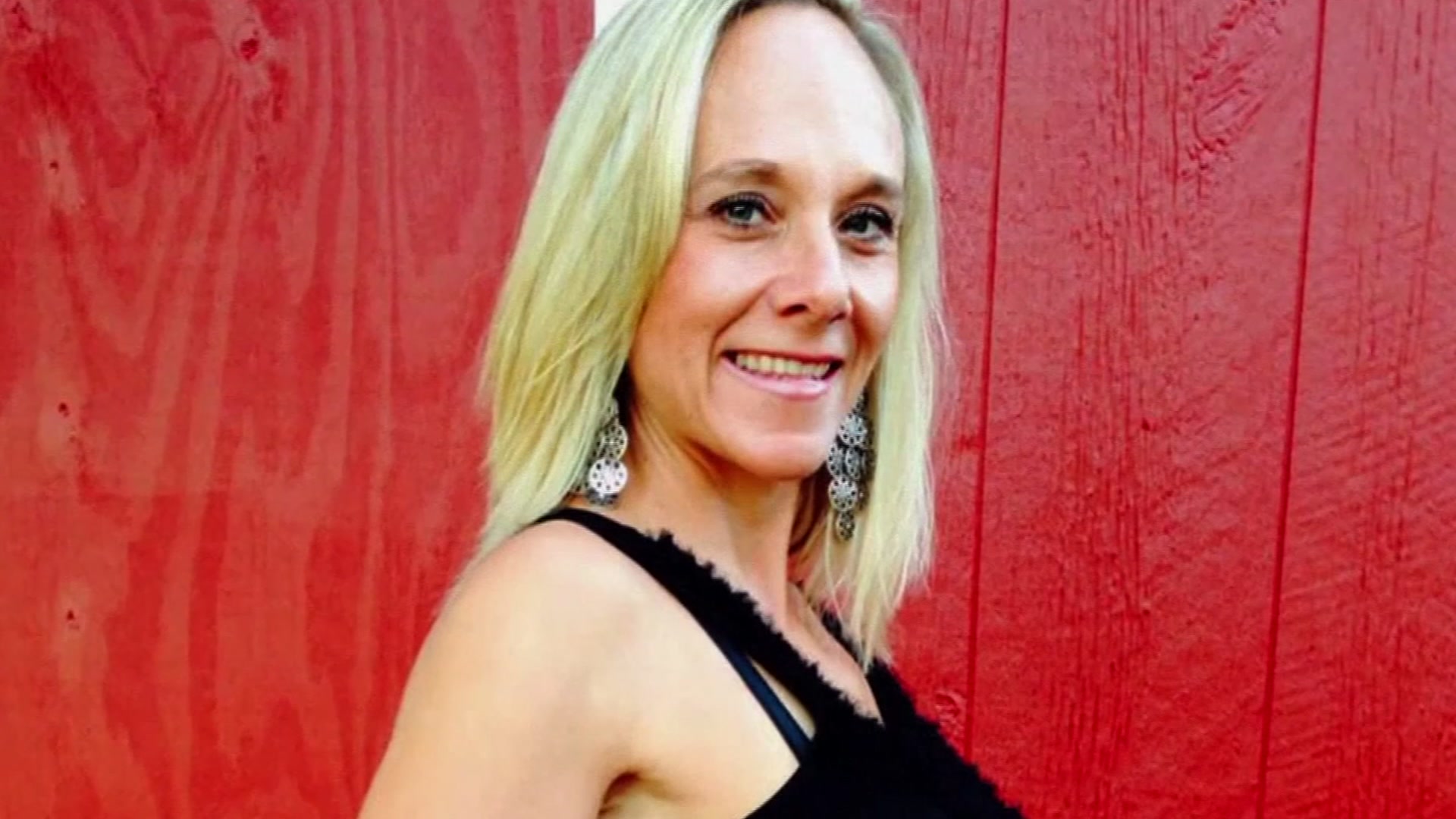Securing the Texas border might just start in a North Texas parking lot.
Drive by Fort Worth-based WilliamsRDM and you may catch a group of engineers walking around, seemingly without a purpose.
But they are testing out an engineering prototype that resembles a yellow disk.
It was manufactured over the past several months.
The company, in business for more than 50 years, researches, develops and manufactures technology, including the Stove Top Fire Stop product.
The manufacturer has obtained government contracts with Lockheed Martin.
The latest prototype is the answer, the company says, to stopping drug trafficking and illegal immigration in its steps.
"We want people to know that there is an alternative to the border wall," said Maisel Klutts, WilliamsRDM director of engineering and planning. "It's a lot cheaper and a lot less intrusive to deploy."
They are solar-powered sensor nodes equipped with GPS. The sensors are designed to distinguish between humans and animals walking near them.
The manufacturer created a simulation along the Trinity River.
Blue dots show the location of each sensor nodes, and the dots form a grid.
Local
The latest news from around North Texas.
Klutts says the idea is to deploy sensor nodes 100 meters apart from each other all along the U.S.-Mexico border.
If there's enough movement, the sensor sets off the latitude and longitude close to real-time.
Authorities like U.S. Customs and Border Protection agents would then be notified of the location.
For the company's president, Della Williams, the idea is about better securing the border at a more reasonable cost.
"When I heard they were talking about $21.6 billion to build that wall ... that's ridiculous," Williams said. "It just doesn't make sense for tax payers, for us, to be spending money like that."
Williams said the idea for the sensors came to her through prayers.
"I thought, 'There's just got to be something we can do,'" she said.
The company stepped up efforts to combine sensor technology already manufactured to create the sensors.
The cost of the sensor nodes: $100,000 per mile.
If you calculate the length of the U.S. Mexico border, the total cost would be roughly $190 million.
Currently, there are underground sensors along parts of the border.
The WilliamsRDM sensors are designed to be tossed along the border by hand or plane and would remain above ground.
If someone were to move a sensor, the rest of the network would keep working in unison.
The sensors are equipped with false detection technology filters, the amount of sensitivity to movement can also be changed.
The project is still in the testing phase and the company knows there are other companies with similar ideas.
"They're not as easy to deploy as ours," Klutts said. "They don't have the ruggedness as ours does. They don't have the ability to download software like ours does. It's going to be competitive, but I think we've proven usually the small businesses like us can be quicker in developing a product than a big company."
WilliamsRDM tells NBC 5 the sensors will be finished and ready to be used in early 2018.
"We'd definitely rather have our products that protect the Texas border to come from researching, development and manufacturing companies within Texas," Klutts said.
The company has already made contact with U.S. Customs and Border Protection leaders and continues to reach out to Washington leaders with their technology.



